Paris isn’t just a destination—it’s an instantly recognizable visual language spoken through architecture, light, and countless subtle details that whisper “This is Paris” to anyone who visits. While the Eiffel Tower might be the city’s most famous exclamation point, it’s actually the less obvious elements that truly make Paris look like, well, Paris.
Let’s explore the fascinating design elements and cultural touches that give the City of Light its unmistakable character, revealing secrets that even frequent visitors might miss.
Table of Contents
- 1. The Haussmann Symphony: More Than Just Buildings
- 2. The Golden Hour Magic: Paris’s Secret Weapon
- 3. The Hidden Rhythm of the Streets
- 4. The Balcony Ballet: Iron Lace in the Sky
- 5. The Roofscape Revolution
- 6. The Seine: The City’s Liquid Mirror
- 7. The Green Lungs: Parks and Gardens
- 8. The Window Poetry
- 9. The Material Palette: A Study in Elegance
- 10. The Living Details: Where Past Meets Present
- The Secret Behind Paris’s Timeless Appeal
- Find Things to Do in Paris
- Find Accommodation
- Explore Paris With Our Guides & Reviews
1. The Haussmann Symphony: More Than Just Buildings

When Baron Haussmann reimagined Paris in the 19th century, he didn’t just build apartments—he orchestrated a visual symphony. Those iconic cream-colored limestone buildings with wrought-iron balconies and mansard roofs aren’t just pretty; they’re part of an intricate urban composition that makes Paris instantly recognizable.
Picture this: You’re standing on a typical Parisian street. The buildings aren’t just structures but performers in an architectural ballet. Each floor tells its story—from the grand first-floor windows to the charming dormer windows peeking out from zinc-clad roofs. This harmony of design creates the city’s distinctive street walls, a visual consistency you won’t find in the varied architectural styles of New York or London.
2. The Golden Hour Magic: Paris’s Secret Weapon
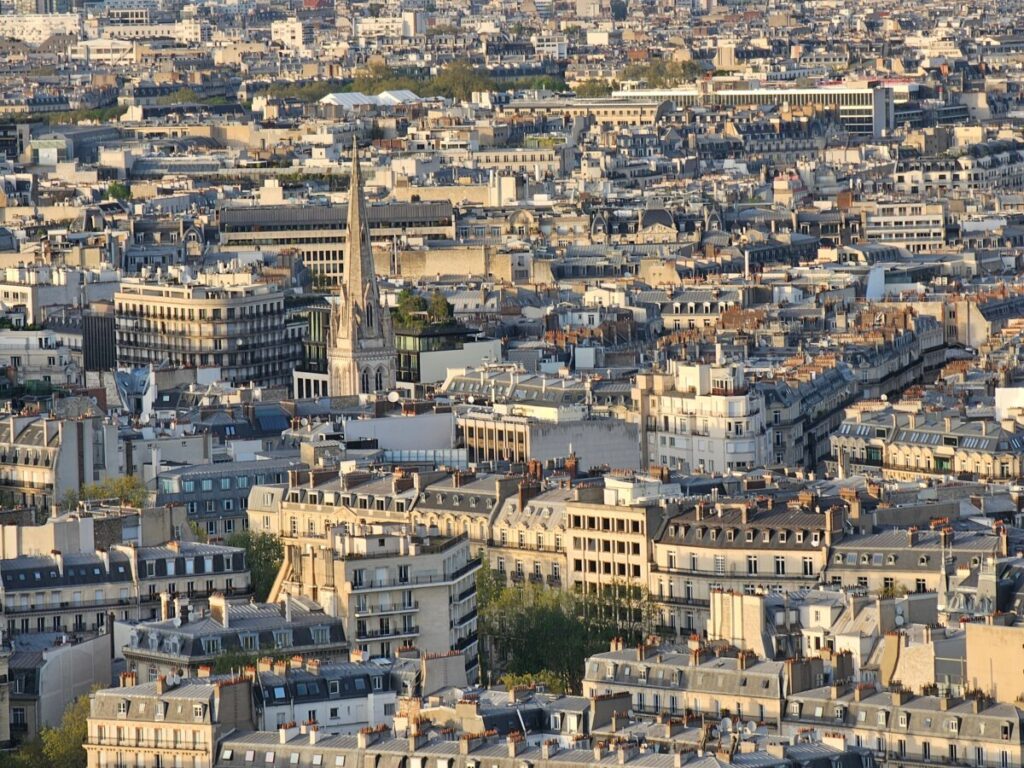
They call Paris the “City of Light” for good reason, but it’s not just about the evening illumination. The city’s architects and urban planners understood something profound about natural light. Those wide boulevards? They’re perfectly designed to capture and reflect sunlight off the pale limestone buildings.
Visit during the “golden hour” just before sunset and witness pure magic. The warm light bathes those cream-colored facades in a gentle glow, creating an almost ethereal atmosphere that photographers and artists have tried to capture for generations. This isn’t accidental—it’s an architectural genius at work.
3. The Hidden Rhythm of the Streets

Paris’s streets dance to their rhythm, all in the details. Those distinctive Wallace fountains, deep green patina, and elegant caryatids aren’t just water sources—they’re visual anchors that have been part of the cityscape since 1872. Hector Guimard designed the Art Nouveau metro entrances. They’re not just subway stations; they’re organic sculptures that emerge from the sidewalks like metal flowers.
Even the city’s street signs, with their distinctive blue enamel and white lettering, contribute to this unified aesthetic. They’re not just directional aids but part of Paris’s visual DNA.
See Related: Best Walking Tours in Paris
4. The Balcony Ballet: Iron Lace in the Sky

Perhaps nothing says “Paris” quite like those intricate iron balconies adorn virtually every building. But look closer—these aren’t just decorative elements. They create a visual rhythm along the streets, their delicate patterns casting complex shadows that dance across facades throughout the day.
What’s fascinating is how modern architects working in Paris often incorporate contemporary interpretations of these balconies, understanding their crucial role in the city’s visual identity. It’s a tradition of meeting innovation in the most elegant way possible.
5. The Roofscape Revolution

Look up in Paris, and you’ll discover another world—a sea of zinc-clad mansard roofs dotted with dormer windows and chimney pots. This distinctive roofscape, created during the Haussmann period, remains one of the city’s most recognizable features. The subtle blue-gray of the zinc against the pale stone creates a quintessentially Parisian color palette.
Paris maintains strict building height restrictions, unlike many world capitals that race toward the sky with gleaming skyscrapers. This creates a remarkably consistent skyline punctuated only by monuments like the Eiffel Tower and Sacré-Cœur, preserving the human scale that makes Paris feel intimate despite its grandeur.
6. The Seine: The City’s Liquid Mirror
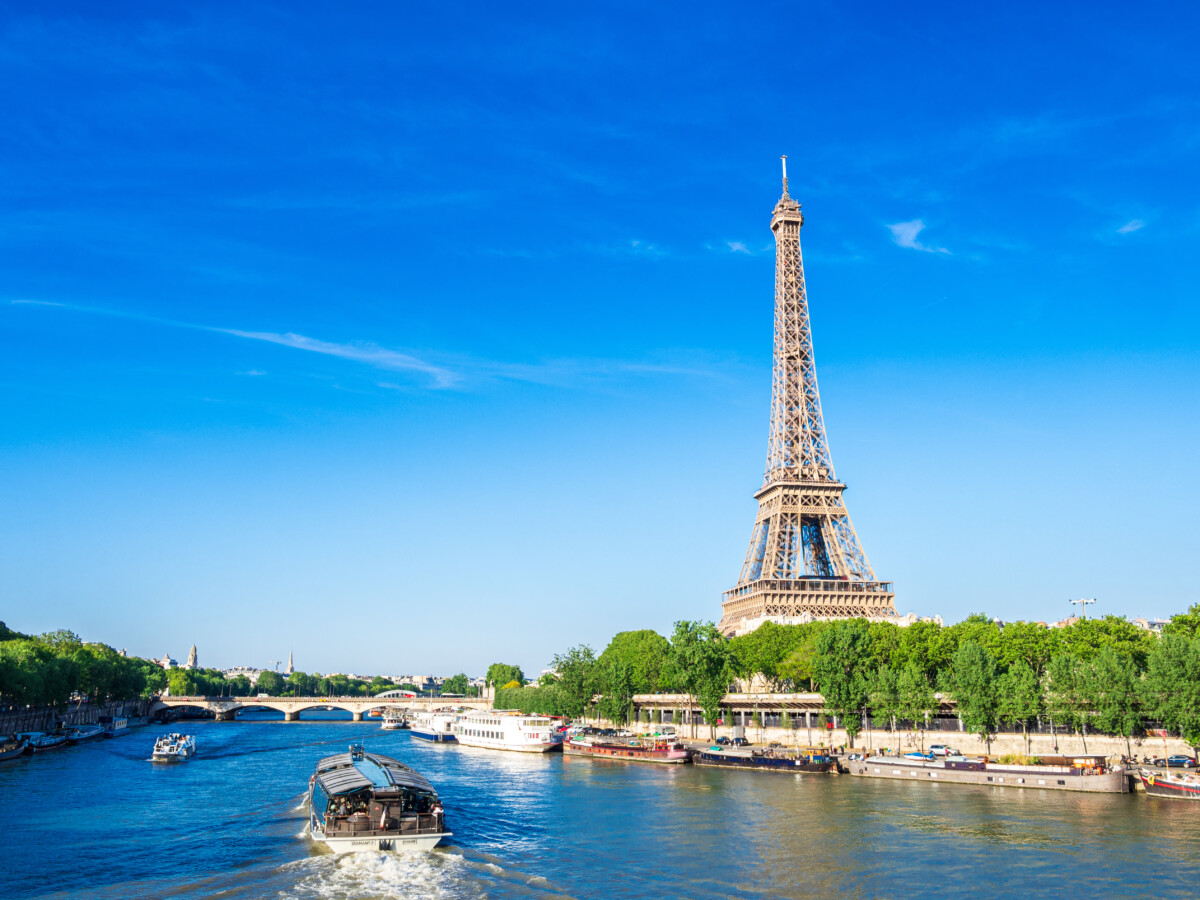
The Seine isn’t just a river; it’s Paris’s mirror, reflecting centuries of history and architectural beauty. The way the city embraces its river—with wide stone quays, romantic bridges, and riverside promenades—creates a unique urban rhythm you won’t find anywhere else.
Those iconic bridges, from the ornate Pont Alexandre III to the intimate Pont des Arts, aren’t just river crossings. They’re carefully designed vantage points that frame some of the city’s most spectacular views, creating perfect photo opportunities at every turn.
See Related: Best Bike Tours in Paris, France
7. The Green Lungs: Parks and Gardens
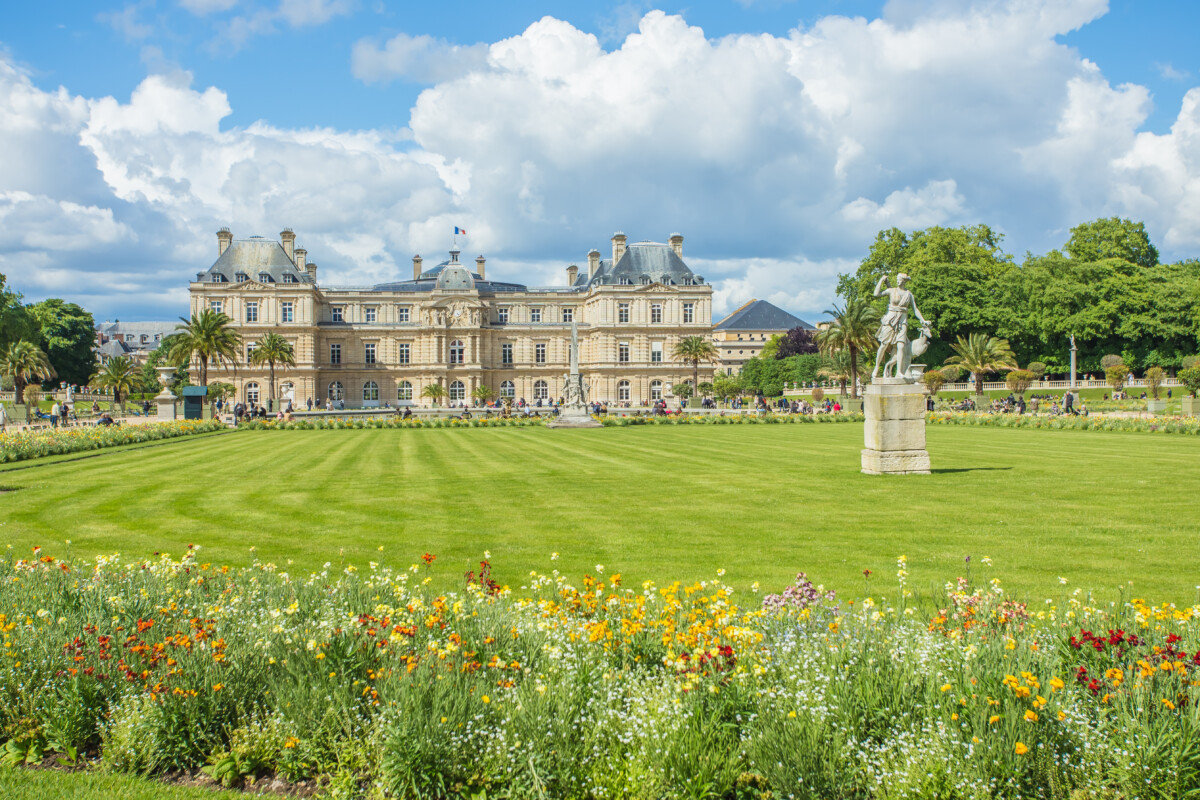
Paris understands that a truly beautiful city needs to breathe. The city’s gardens and parks, from the formal splendor of the Tuileries to the romantic Luxembourg Gardens, aren’t afterthoughts—they’re crucial elements of its visual identity.
These green spaces do more than provide respite from urban life; they create visual and spatial rhythm throughout the city. The careful placement of fountains, statues, and meticulously maintained flowerbeds adds another layer to Paris’s visual symphony.
8. The Window Poetry

Parisian windows tell their own story. Tall, elegant, and often divided into multiple panes, they follow a distinct pattern that creates visual harmony across buildings. Their proportions and details, from the method of opening to the placement of shutters, add to the city’s unique character.
Watch how these windows change throughout the day—from morning light filtering through lace curtains to evening windows glowing like warm lanterns. They’re not just openings in walls; they’re the eyes of Paris, watching over its streets and squares.
9. The Material Palette: A Study in Elegance
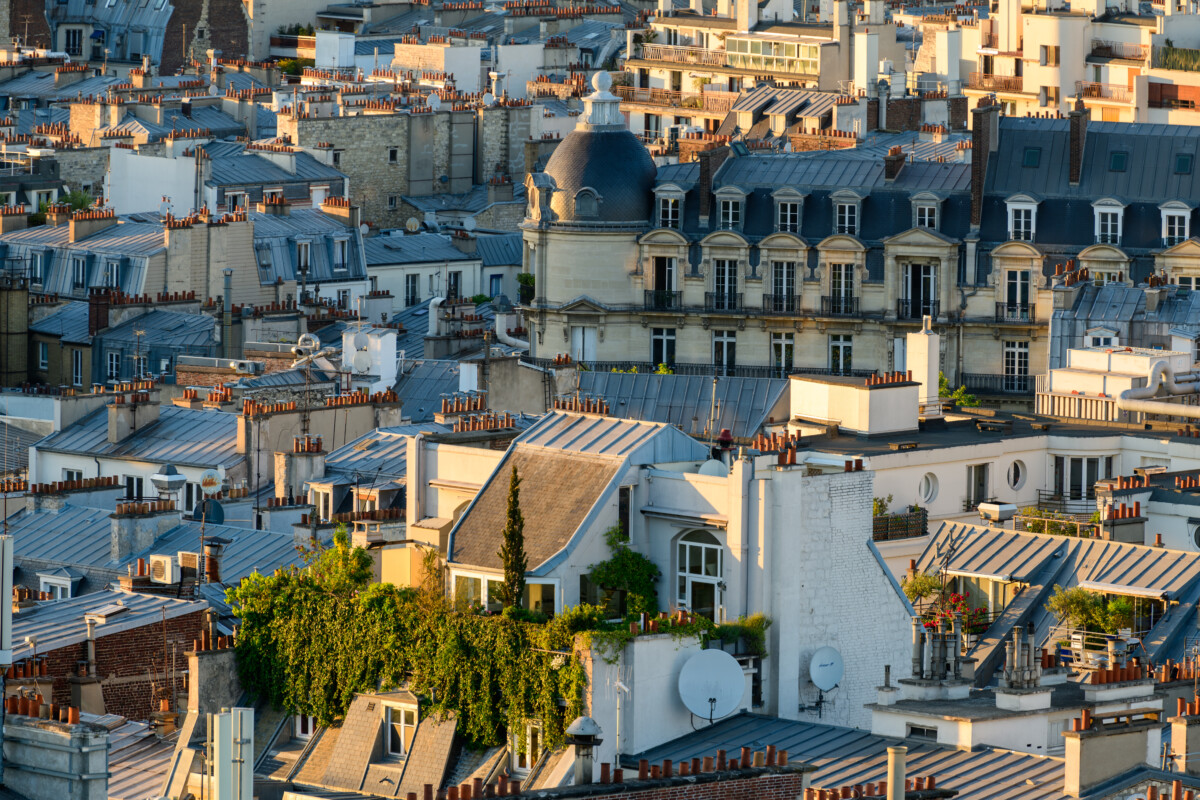
The consistent use of materials throughout Paris creates a harmonious color scheme that defines the city. From the cream-colored limestone of buildings to the gray zinc of roofs and the cast iron of balconies, this limited but sophisticated palette ensures that even widely separated neighborhoods feel part of the same urban fabric.
This consistency doesn’t mean monotony—it’s more like a canvas that allows other elements, from colorful cafe awnings to vibrant flower boxes, to pop with extra vibrancy.
See Related: Most Beautiful Squares in Paris
10. The Living Details: Where Past Meets Present
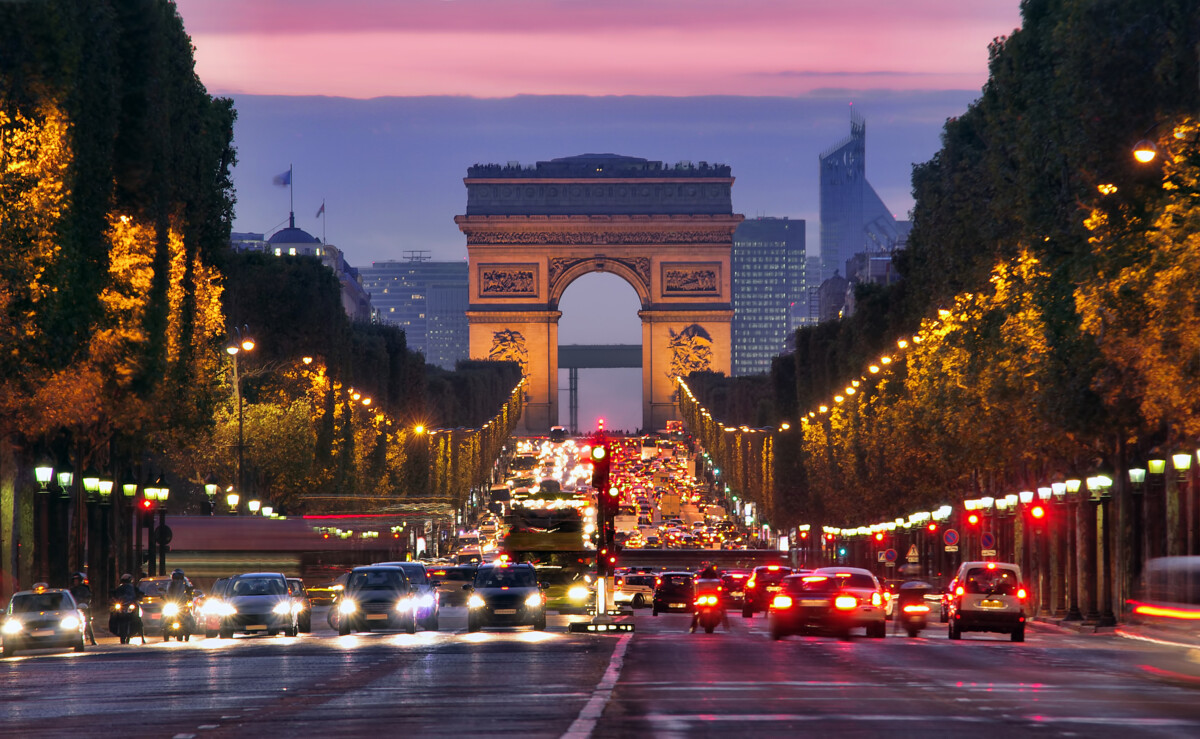
Look closely at any Parisian building; you’ll find details about the city’s history: ornate doorknockers, intricate corbels, and decorated pediments. These elements, often incorporating symbols and motifs from different historical periods, create a rich visual texture that rewards careful observation.
What’s remarkable is how these historical details coexist with modern life. A centuries-old doorway might lead to a cutting-edge design studio, while traditional zinc roofing might conceal a rooftop solar installation. This blend of old and new, traditional and contemporary, is perhaps the most Parisian characteristic.
The Secret Behind Paris’s Timeless Appeal

What truly makes Paris look like Paris is the extraordinary consistency of these elements across the city. While other world capitals embrace architectural diversity, Paris has maintained a coherent visual identity that makes it instantly recognizable. This doesn’t mean the city is frozen in time—new buildings and public spaces continue to be added, but they often reference and reinterpret these traditional elements in contemporary ways.
The result is a city that manages to be both timeless and thoroughly modern. Every street corner seems to whisper stories of the past while remaining vibrantly alive in the present. This unique combination of visual elements carefully maintained and thoughtfully evolved over centuries, creates the unmistakable look that makes Paris Paris.
Whether a first-time visitor or a longtime resident, understanding these elements helps you appreciate the intricate visual symphony that makes Paris one of the world’s most beautiful and recognizable cities, next time you walk its streets, look up, look down, and look all around—there’s always another layer of beauty waiting to be discovered in the City of Light.